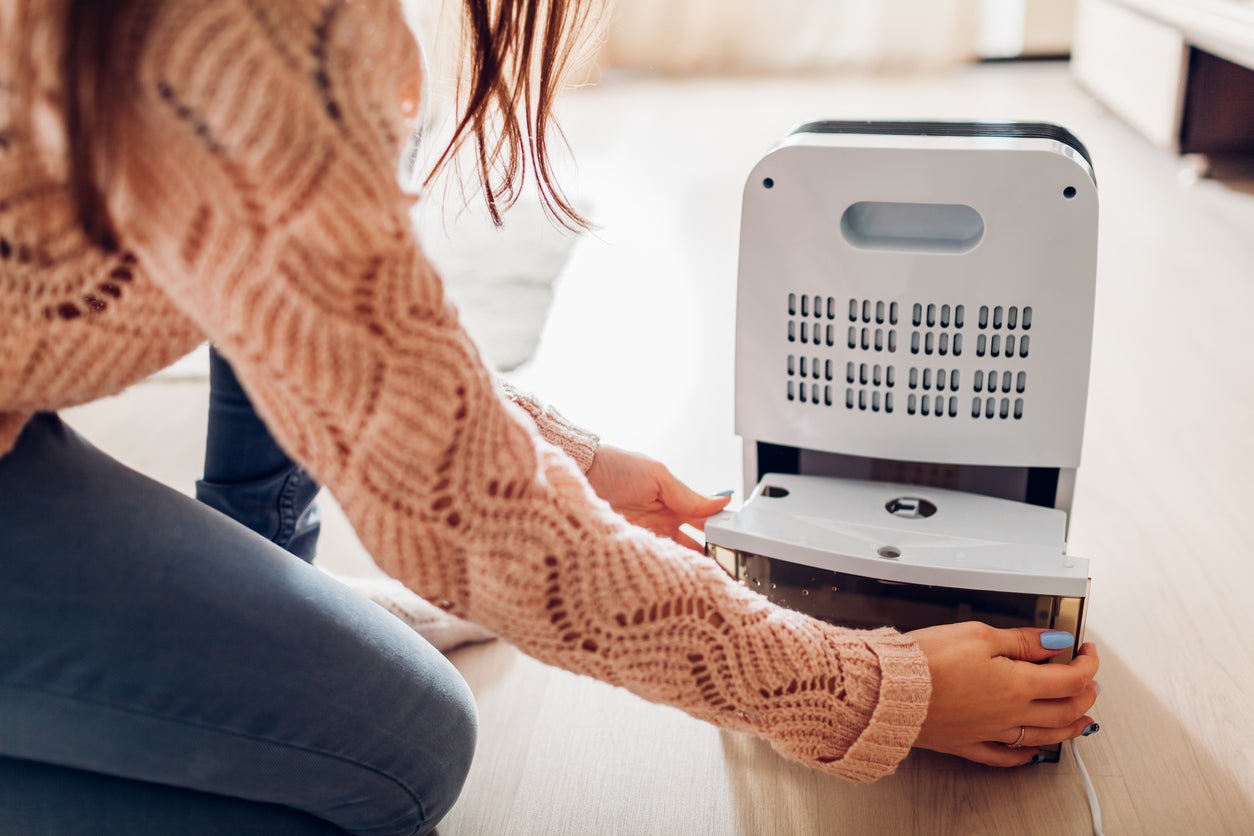

Articles
Why Is My Dehumidifier Not Collecting Water
Modified: March 20, 2024
Discover articles explaining why your dehumidifier may not be collecting water, and find solutions to fix the issue.
(Many of the links in this article redirect to a specific reviewed product. Your purchase of these products through affiliate links helps to generate commission for Storables.com, at no extra cost. Learn more)
Introduction
A dehumidifier is an essential appliance used to reduce humidity levels in indoor spaces. It works by drawing in moist air, removing the excess moisture, and circulating the dry air back into the room. However, there may be instances when you notice that your dehumidifier is not collecting water as it should. This can be frustrating, especially if you’re dealing with high humidity levels or moisture issues in your home. In this article, we will explore the possible reasons why your dehumidifier is not collecting water and provide troubleshooting steps to resolve the issue.
Before we dive into the reasons, let’s first gain a basic understanding of how dehumidifiers function. Dehumidifiers consist of a refrigeration system that cools the air to condense and collect the moisture. The collected moisture is then stored in a water tank, which can be emptied manually or automatically through a drainage system.
Now, let’s explore the possible reasons why your dehumidifier is not collecting water. Keep in mind that these reasons may vary depending on the specific make and model of your dehumidifier, so it’s important to refer to the manufacturer’s instructions for troubleshooting.
Key Takeaways:
- Troubleshooting Tips: Ensure proper airflow, check settings, and monitor room temperature to address why your dehumidifier may not be collecting water effectively. Regular maintenance is key to optimal performance.
- Professional Assistance: If troubleshooting steps don’t resolve the issue, seek help from a technician or the manufacturer for expert diagnosis and repair of your dehumidifier. Regular maintenance prevents future problems.
Read more: Why Use A Dehumidifier
Understanding Dehumidifiers
Before diving into the reasons why your dehumidifier might not be collecting water, it’s important to understand how dehumidifiers work. Dehumidifiers are designed to reduce the humidity levels in a space by extracting excess moisture from the air.
Dehumidifiers typically consist of a compressor, a condenser coil, an evaporator coil, and a fan. The fan draws in air from the surrounding environment and passes it over the evaporator coil. As the warm air comes into contact with the cool evaporator coil, the moisture in the air condenses into water droplets. The condensed water drips into a collection pan or is directed into a drainage system.
The cooled and dehumidified air then passes through the condenser coil, where it is reheated before being circulated back into the room. This process keeps the humidity levels in check and helps prevent issues such as mold and mildew growth, musty odors, and damage to furniture and belongings.
Dehumidifiers come in different types, including portable units, whole-house units, and basement/crawlspace units. Portable dehumidifiers are commonly used in individual rooms or small spaces, whereas whole-house units are integrated into the home’s HVAC system to dehumidify the entire house. Basement/crawlspace units are specifically designed for these areas, where dampness and moisture are common.
Understanding the basic functioning of your dehumidifier is crucial in troubleshooting why it may not be collecting water as expected. Let’s now explore some possible reasons for this issue and how to address them.
Possible Reasons for Dehumidifier Not Collecting Water
There can be several reasons why your dehumidifier is not collecting water, and it’s important to identify the specific cause in order to resolve the issue. Here are some potential reasons to consider:
- Incorrect Settings: One common reason for a dehumidifier not collecting water is incorrect settings. Ensure that the dehumidifier is set to the desired humidity level and that it is powered on.
- Humidity Level is Below Set Point: If the humidity level in the room is already below the set point on the dehumidifier, the appliance may not collect water. Check the current humidity levels using a hygrometer and adjust the settings accordingly.
- Insufficient Airflow: In order for a dehumidifier to effectively collect water, there must be proper airflow. Make sure that the air intake and exhaust vents are unobstructed and that the fan is functioning properly.
- Dirty or Damaged Air Filter: A dirty or clogged air filter can hinder the performance of a dehumidifier. Clean or replace the air filter according to the manufacturer’s instructions to ensure optimal airflow.
- Defective or Malfunctioning Compressor: The compressor is responsible for cooling the air and facilitating the condensation process. If the compressor is faulty or malfunctioning, the dehumidifier may not be able to collect water. In such cases, professional repair or replacement may be necessary.
- Frost or Ice Build-up on Evaporator Coils: If the evaporator coils get covered in frost or ice, the dehumidifier will struggle to collect water. This can occur if the room temperature is too low or if there is a problem with the defrost system. Allow the dehumidifier to thaw and investigate the cause of the frost or ice build-up.
- Drainage Issues: If the dehumidifier has a built-in drainage system, ensuring that the drainage hose is properly connected and not blocked is essential. Additionally, if the water collection tank is not positioned correctly or is damaged, it may result in drainage issues.
- High Room Temperature: Dehumidifiers are designed to work optimally within a specific temperature range. If the room temperature exceeds the recommended range, the dehumidifier may have difficulty extracting moisture from the air. Check the manufacturer’s guidelines for the appropriate operating temperature range.
Now that we have explored the possible reasons why your dehumidifier may not be collecting water, let’s move on to troubleshooting steps to help resolve the issue.
Incorrect Settings
One common reason why your dehumidifier may not be collecting water is incorrect settings. It’s important to ensure that your dehumidifier is set to the desired humidity level and that it is powered on.
First, check the settings on your dehumidifier. Use the controls or the digital display panel to verify that the desired humidity level is selected. The ideal humidity level for most indoor spaces is between 30% and 50%. If the humidity level is set too low, the dehumidifier may not activate because the room’s humidity is already lower than the set point.
Next, confirm that the dehumidifier is powered on and running. Some units may have timers or auto-shutoff functions that prevent them from operating continuously. Ensure that the power is connected, the unit is turned on, and any timers or auto-shutoff features are properly configured.
If you have adjusted the settings and confirmed that the dehumidifier is powered on, give it some time to operate. It may take a while for the dehumidifier to start collecting water if the humidity level in the room is not significantly high.
If the dehumidifier still does not collect water after verifying the settings and allowing sufficient time for operation, it’s time to move on to the next troubleshooting step.
Note: The specific steps for adjusting settings may vary depending on the make and model of your dehumidifier. Consult the user manual for detailed instructions specific to your unit.
Now that we have addressed the first possible reason for a dehumidifier not collecting water, let’s move on to the next reason – “Humidity Level is Below Set Point”.
Humidity Level is Below Set Point
If your dehumidifier is not collecting water, it is possible that the current humidity level in the room is already below the set point on the dehumidifier. In such cases, the dehumidifier will not need to activate because the air is already relatively dry.
The first step is to check the current humidity levels in the room. Use a hygrometer, which is a device specifically designed to measure humidity, to get an accurate reading. Hygrometers are readily available and can be purchased at hardware stores or online.
Place the hygrometer in the room and allow it some time to provide a reading. The optimal humidity level for most indoor spaces is between 30% and 50%. If the hygrometer indicates that the humidity level is already within this range or lower, it means that the air is sufficiently dry, and the dehumidifier will not need to operate.
If the humidity level is indeed below the set point on the dehumidifier, you may consider adjusting the desired humidity level to a higher value. Increase the set point on the dehumidifier to ensure that it activates and starts collecting moisture from the air.
It’s important to note that if the humidity level is consistently below the desired range and you’re not experiencing any moisture-related issues in your home, you may not need to use a dehumidifier at all. However, if you believe that the humidity level is higher than what the hygrometer is indicating, it may be worth recalibrating or replacing the hygrometer for accuracy.
If adjusting the set point on the dehumidifier does not resolve the issue and the humidity level remains below the desired range, move on to the next troubleshooting step, which addresses insufficient airflow as a potential cause for the dehumidifier not collecting water.
Read more: Why Is My Water Heater Popping
Insufficient Airflow
Insufficient airflow can be another reason why your dehumidifier is not collecting water as it should. Proper airflow is essential for the dehumidification process to effectively remove moisture from the air. If there is limited or obstructed airflow, the dehumidifier’s performance may be compromised.
Firstly, check the air intake and exhaust vents of the dehumidifier. Ensure that they are clear of any obstructions such as furniture, curtains, or other objects that might impede the airflow. Make sure that there is at least a few feet of space around the dehumidifier to allow for proper air circulation.
If the vents are clear, check the fan to ensure it is functioning properly. If the fan is not running or running at a low speed, it will impact the airflow and the dehumidifier’s ability to collect water. Refer to the user manual for instructions on how to check and troubleshoot the fan.
In some cases, the problem may be tied to a dirty or clogged air filter. A dirty air filter can restrict airflow and reduce the dehumidifier’s efficiency. Check the user manual for instructions on how to access and clean the air filter. If the filter is damaged or excessively dirty, it may need to be replaced with a new one to ensure optimal airflow.
Additionally, if your dehumidifier has a built-in condensate pump, check if the pump is functioning properly. The condensate pump is responsible for pumping out the collected water. If the pump is faulty or not working correctly, it may prevent the dehumidifier from collecting water. Consult the user manual for guidance on how to test and troubleshoot the condensate pump.
If you have confirmed that there are no airflow obstructions, the fan is functioning properly, and the air filter is clean, yet the dehumidifier is still not collecting water, it’s time to move on to the next troubleshooting step, which addresses the possibility of a dirty or damaged air filter.
Dirty or Damaged Air Filter
A dirty or damaged air filter can significantly impact the performance of your dehumidifier and may be a reason why it is not collecting water effectively. The air filter helps to remove dust, debris, and other particles from the air before it passes through the dehumidifier’s coils. Over time, the filter can become clogged with dirt and restrict airflow, hindering the dehumidification process.
Firstly, consult the user manual to locate the air filter in your dehumidifier. Once you have located it, remove the filter and inspect its condition. If the filter appears dirty or clogged, it needs to be cleaned or replaced.
If the filter is washable, follow the manufacturer’s instructions to clean it thoroughly. Rinse the filter under running water to remove any accumulated dirt and debris. Allow the filter to air dry completely before reinstalling it in the dehumidifier.
For non-washable filters, replace them with a new filter of the same type and size. You can usually find compatible replacement filters from the dehumidifier manufacturer or authorized retailers.
Regularly cleaning or replacing the air filter is essential for maintaining optimal airflow in your dehumidifier. Depending on the frequency of use and the air quality in your home, it is recommended to clean or replace the filter every one to three months.
Once you have cleaned or replaced the air filter, reassemble the dehumidifier and test it to see if it starts collecting water properly. If the filter was indeed the cause of the issue, you should notice an improvement in the dehumidifier’s performance and water collection.
If cleaning or replacing the air filter does not resolve the problem and the dehumidifier is still not collecting water, it’s time to move on to the next possible reason, which is a defective or malfunctioning compressor.
Check if the room temperature is too low for the dehumidifier to operate efficiently. Dehumidifiers work best at temperatures above 65°F (18°C). If the room is too cold, the unit may not collect water effectively.
Defective or Malfunctioning Compressor
The compressor plays a vital role in the dehumidification process as it is responsible for cooling the air and facilitating the condensation of moisture. If the compressor is defective or malfunctioning, it can prevent the dehumidifier from collecting water effectively.
If you suspect that the compressor is the cause of the issue, there are a few steps you can take to troubleshoot the problem:
- Check for unusual noises: Start by turning on the dehumidifier and listening for any unusual noises coming from the compressor. Grinding, rattling, or buzzing sounds may indicate a problem with the compressor motor.
- Inspect for icing or frost: Inspect the evaporator coils for any signs of icing or frost build-up. Excessive frost on the coils can indicate a problem with the compressor or the defrost system. Allow the dehumidifier to thaw completely and then turn it back on to see if it starts collecting water.
- Check for power supply issues: Ensure that the dehumidifier is properly connected to a power source and that there are no electrical issues that might affect the compressor’s functionality. Make sure the power cord is undamaged and securely plugged into an outlet.
- Contact a professional technician: If you have followed the troubleshooting steps and believe that the compressor is indeed defective or malfunctioning, it is recommended to seek the assistance of a professional. They will have the expertise to diagnose and repair or replace the compressor, if necessary.
Remember to consult the user manual for specific instructions on troubleshooting the compressor or contacting the manufacturer’s customer support for guidance.
If the compressor is not the cause of the issue or if the problem persists after attempting to troubleshoot it, move on to the next possible reason, which is frost or ice build-up on the evaporator coils.
Frost or Ice Build-up on Evaporator Coils
If you notice that your dehumidifier is not collecting water, it could be due to frost or ice build-up on the evaporator coils. When the evaporator coils become covered in frost or ice, the dehumidifier’s ability to extract moisture from the air is compromised.
Frost or ice build-up can occur in the following circumstances:
- Low room temperature: If the room temperature is too low, the evaporator coils can become too cold, causing moisture in the air to freeze on the coils.
- Malfunctioning defrost system: If the dehumidifier’s defrost system is not working correctly, it may fail to remove built-up frost or ice from the coils, leading to further accumulation.
To address frost or ice build-up on the evaporator coils, follow these steps:
- Turn off the dehumidifier: Switch off the dehumidifier and unplug it from the power source.
- Allow the coils to thaw: Let the dehumidifier sit unplugged for a few hours or until the frost or ice on the coils has melted. You can expedite the process by placing a fan near the dehumidifier to circulate warm air.
- Inspect the defrost system: Once the coils have thawed, check the defrost system for any malfunctions. Consult the user manual for instructions on how to access and troubleshoot the defrost system.
- Adjust the room temperature: Ensure that the room temperature is within the recommended operating range for the dehumidifier. Most units work effectively within a temperature range of 65°F to 80°F (18°C to 27°C).
- Power on the dehumidifier: Once the frost or ice has melted and the defrost system is functioning correctly, plug in the dehumidifier and power it on. Monitor its operation to see if it starts collecting water as expected.
If the frost or ice build-up on the evaporator coils continues to be a recurring issue, it is recommended to contact a professional technician to inspect and repair any underlying problems with the defrost system or the dehumidifier’s operation.
If addressing the frost or ice build-up on the evaporator coils does not resolve the issue, move on to the next possible reason, which is drainage issues.
Read more: Why Is My Water Pump Leaking
Drainage Issues
Drainage issues can contribute to the problem of your dehumidifier not collecting water properly. Proper drainage is crucial for the effective operation of the unit as it allows the collected water to be efficiently removed from the dehumidifier.
Here are some common drainage issues to consider:
- Check the drainage hose: If your dehumidifier has a built-in drainage system with a hose, ensure that the hose is properly connected and not blocked. A kinked or clogged drainage hose can prevent the water from flowing out of the dehumidifier.
- Inspect the water collection tank: If your dehumidifier has a removable water collection tank, make sure it is positioned correctly and securely in place. If the tank is not properly aligned, it may not activate the float switch, which signals the dehumidifier to stop collecting water.
- Clean the drainage system: Over time, the drainage system, including the drainage tray or pan, can accumulate dirt, debris, or mold, obstructing the water flow. Clean the drainage system regularly to ensure proper drainage. Use a mild detergent and water to clean the tray or pan, and remove any debris or build-up.
- Test the water level sensor or float switch: Some dehumidifiers are equipped with a water level sensor or float switch that detects when the water tank is full and activates the shut-off mechanism. If this sensor or switch is damaged or malfunctioning, it may prevent the dehumidifier from collecting water. Consult the user manual for instructions on testing and troubleshooting the water level sensor or float switch.
- Consider using a separate drainage option: If you have persistent drainage issues or prefer to avoid manually emptying the water tank, consider using a separate drainage option, such as a condensate pump or connecting the dehumidifier to a floor drain. A condensate pump will automatically pump out the collected water, while a floor drain will provide a constant outlet for water removal.
By addressing any drainage issues and ensuring that the water can flow freely out of the dehumidifier, you can improve its ability to collect water effectively.
If the drainage issues persist or none of the above troubleshooting steps resolve the problem, move on to the next possible reason, which is a high room temperature.
High Room Temperature
A high room temperature can affect the performance of your dehumidifier and prevent it from collecting water as expected. Dehumidifiers are designed to operate within a specific temperature range for optimal efficiency.
Here are some key points to consider:
- Check the recommended operating temperature range: Refer to the user manual or manufacturer’s specifications to determine the recommended operating temperature range for your specific dehumidifier model. In general, most dehumidifiers function best within a temperature range of 65°F to 80°F (18°C to 27°C).
- Room temperature and humidity are interconnected: High room temperatures combined with high humidity levels can make it challenging for the dehumidifier to extract moisture effectively. It is important to control both temperature and humidity in order to achieve optimal results.
- Address high room temperatures: If the room temperature exceeds the recommended range, there are several steps you can take to help improve the dehumidifier’s functionality. Consider using fans or air conditioning to lower the room temperature, especially in areas where the dehumidifier is being used.
- Monitor other sources of heat: Identify any additional sources of heat in the room that may contribute to high temperatures. This could include appliances, electronics, or direct sunlight. Minimizing their use or moving them away from the dehumidifier can help reduce the overall room temperature.
- Consider alternative placement: If the room temperature remains consistently high and affects the dehumidifier’s performance, consider relocating the unit to a cooler part of the room or to a different room with a lower temperature.
By addressing high room temperatures and ensuring that the dehumidifier is operating within its recommended range, you can improve its ability to effectively collect water and manage humidity levels in your space.
If the high room temperature is not the cause of the issue or if the problem persists even after addressing it, it may be necessary to contact a professional technician or the dehumidifier manufacturer for further assistance.
Now that we have explored the possible reasons why your dehumidifier may not be collecting water, let’s move on to the troubleshooting steps to help resolve the issue.
Troubleshooting Steps for a Dehumidifier Not Collecting Water
If your dehumidifier is not collecting water as it should, here are some troubleshooting steps you can take to identify and resolve the issue:
- Check the settings: Verify that the dehumidifier is set to the desired humidity level and that it is powered on. Adjust the settings if necessary.
- Verify the humidity level: Use a hygrometer to measure the current humidity level in the room. Ensure that the humidity is above the set point on the dehumidifier.
- Ensure proper airflow: Check that the air intake and exhaust vents are unobstructed and that the fan is functioning correctly. Clean or replace the air filter to optimize airflow.
- Inspect the compressor: Listen for unusual noises coming from the compressor and check for any signs of frosting or icing on the evaporator coils. Thaw the coils if necessary and address any issues with the defrost system.
- Address drainage issues: Check the drainage hose for blockages and ensure proper positioning of the water collection tank. Clean the drainage system and test the water level sensor or float switch.
- Monitor room temperature: Make sure that the room temperature is within the recommended range for the dehumidifier. Take steps to lower the temperature if it exceeds the optimal range.
If you have followed these troubleshooting steps and the dehumidifier is still not collecting water, it may be necessary to contact a professional technician or the manufacturer’s customer support for further assistance. They will have the expertise to diagnose and resolve any underlying issues with the dehumidifier.
Remember that proper maintenance and regular cleaning of the dehumidifier, including the air filter and the drainage system, can help prevent future issues and ensure optimum performance.
By following these troubleshooting steps and seeking professional help if needed, you can resolve the problem of your dehumidifier not collecting water and maintain a comfortable and healthy indoor environment.
If you have any further questions or concerns, don’t hesitate to reach out to the dehumidifier manufacturer or consult the user manual for additional guidance.
Best of luck in getting your dehumidifier back to its optimal functioning state!
Conclusion
A dehumidifier is an essential appliance for maintaining a comfortable and healthy indoor environment by reducing excess humidity. However, there may be instances when your dehumidifier is not collecting water as it should, causing concern and frustration.
In this article, we explored the possible reasons for a dehumidifier not collecting water and provided troubleshooting steps to help resolve the issue. We discussed incorrect settings, a humidity level below the set point, insufficient airflow, dirty or damaged air filters, defective or malfunctioning compressors, frost or ice build-up on evaporator coils, drainage issues, and high room temperature as potential causes.
To troubleshoot and resolve these problems, we recommended checking settings and verifying humidity levels, ensuring proper airflow and cleanliness of the air filters, inspecting the compressor and defrost system, addressing drainage issues, monitoring room temperature, and seeking professional assistance if necessary.
Remember to consult the user manual specific to your dehumidifier for detailed instructions and guidelines.
By taking the appropriate troubleshooting steps, you can identify and address the root cause of the problem, allowing your dehumidifier to collect water effectively and maintain optimal humidity levels in your home or space.
Regular maintenance, including cleaning or replacing air filters, clearing obstructions, and addressing drainage issues, is important for the long-term performance of your dehumidifier.
If you have followed the troubleshooting steps and the issue persists, it is recommended to contact a professional technician or the manufacturer’s customer support for further assistance.
With proper care and attention, you can ensure that your dehumidifier continues to effectively remove excess moisture from the air, creating a comfortable and healthy living environment for you and your family.
Remember to refer back to this article if you encounter any issues with your dehumidifier not collecting water, as it provides a comprehensive guide to help you troubleshoot and resolve the problem.
Thank you for reading, and we hope that your dehumidifier will soon be collecting water as expected!
Frequently Asked Questions about Why Is My Dehumidifier Not Collecting Water
Was this page helpful?
At Storables.com, we guarantee accurate and reliable information. Our content, validated by Expert Board Contributors, is crafted following stringent Editorial Policies. We're committed to providing you with well-researched, expert-backed insights for all your informational needs.
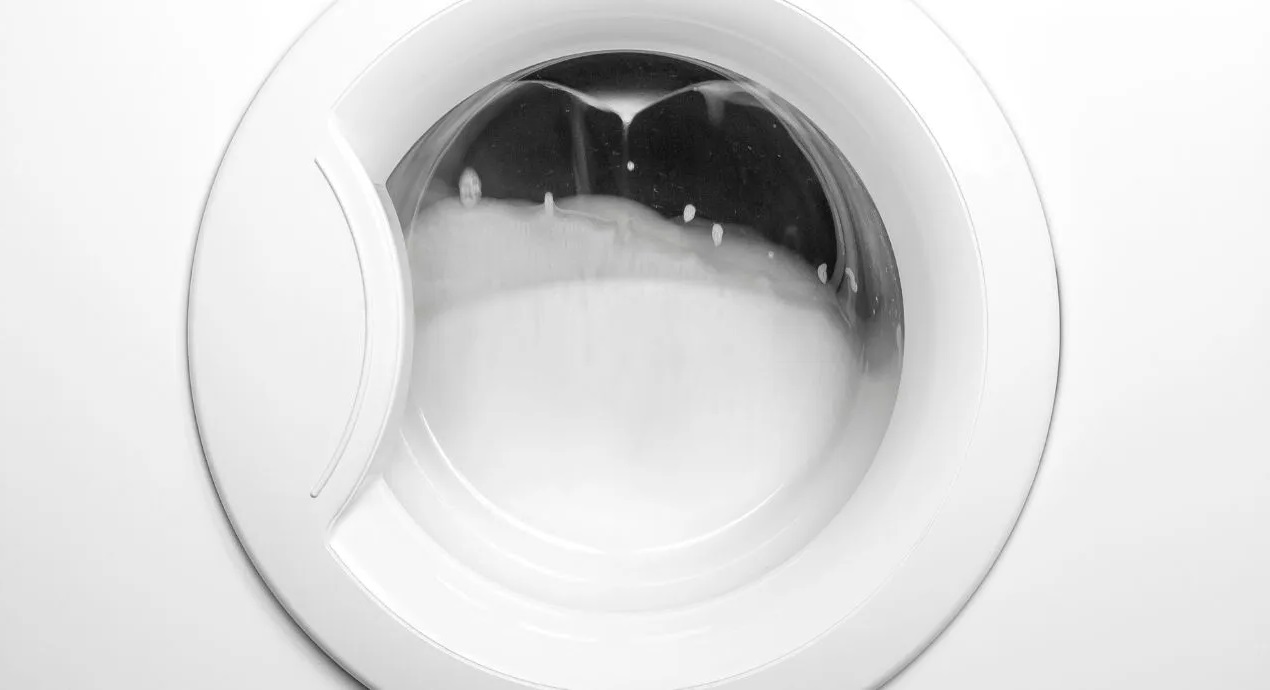
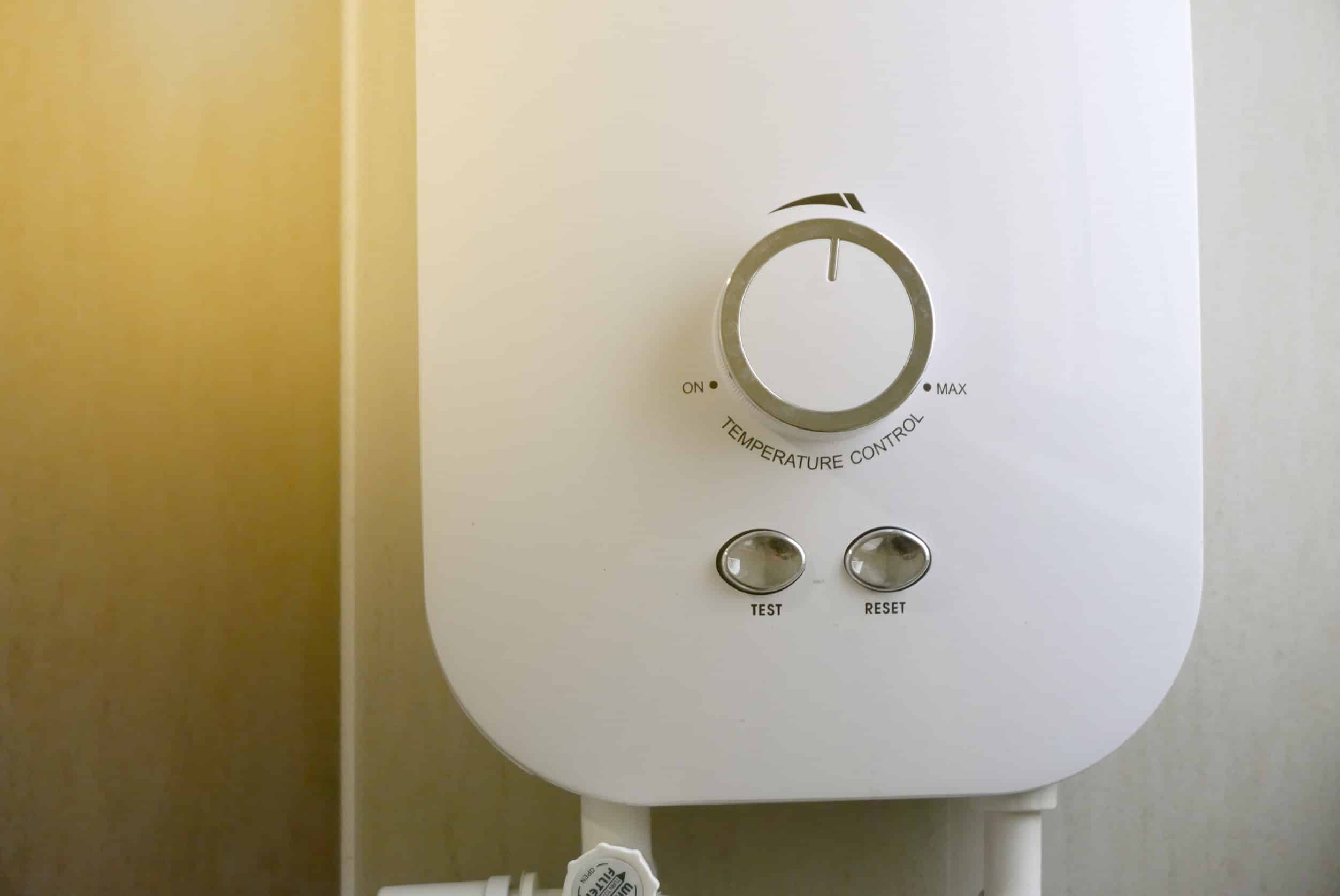
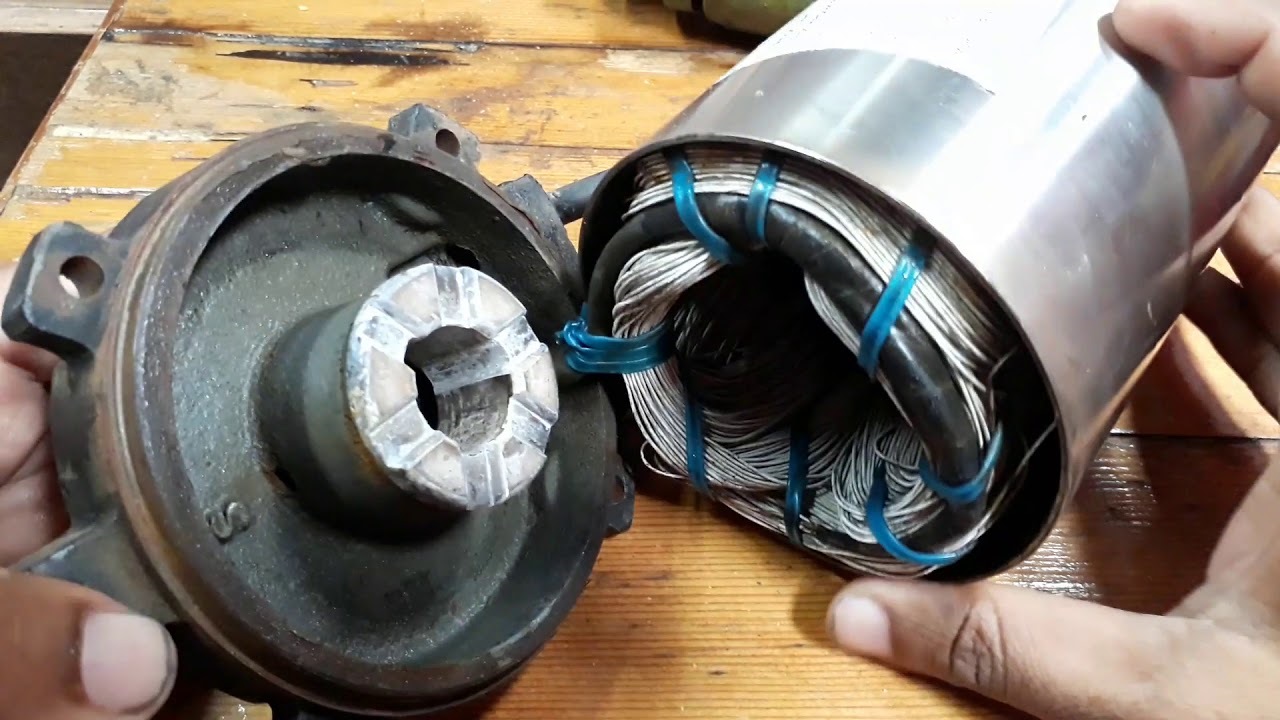
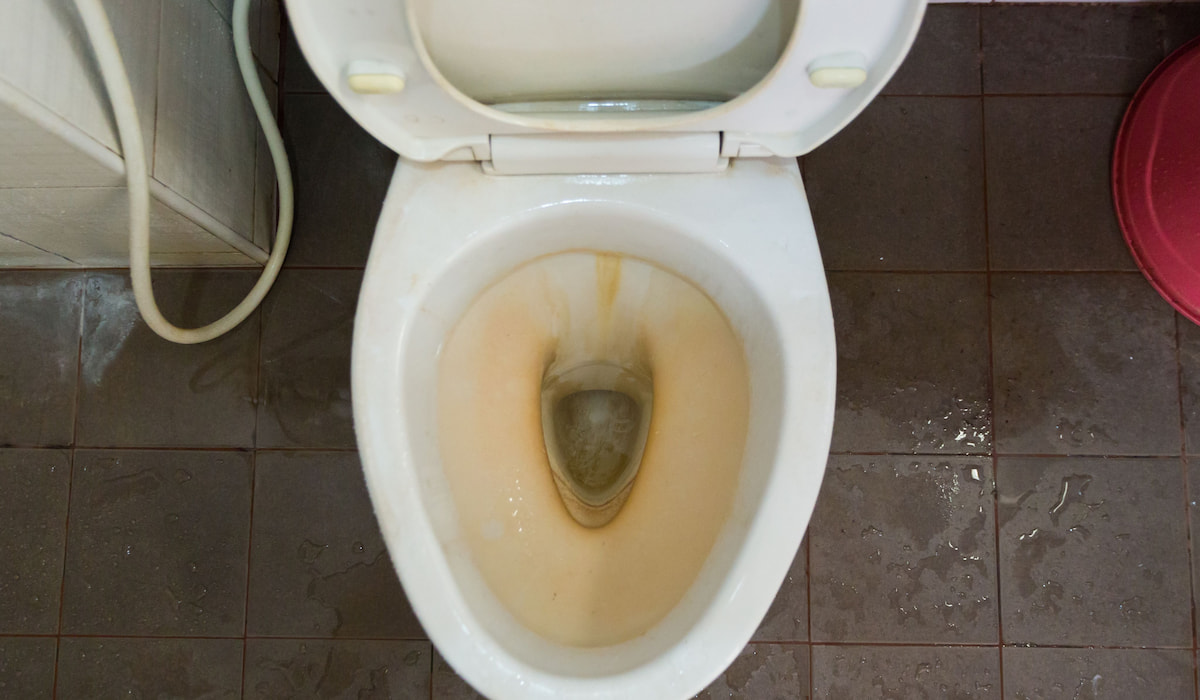
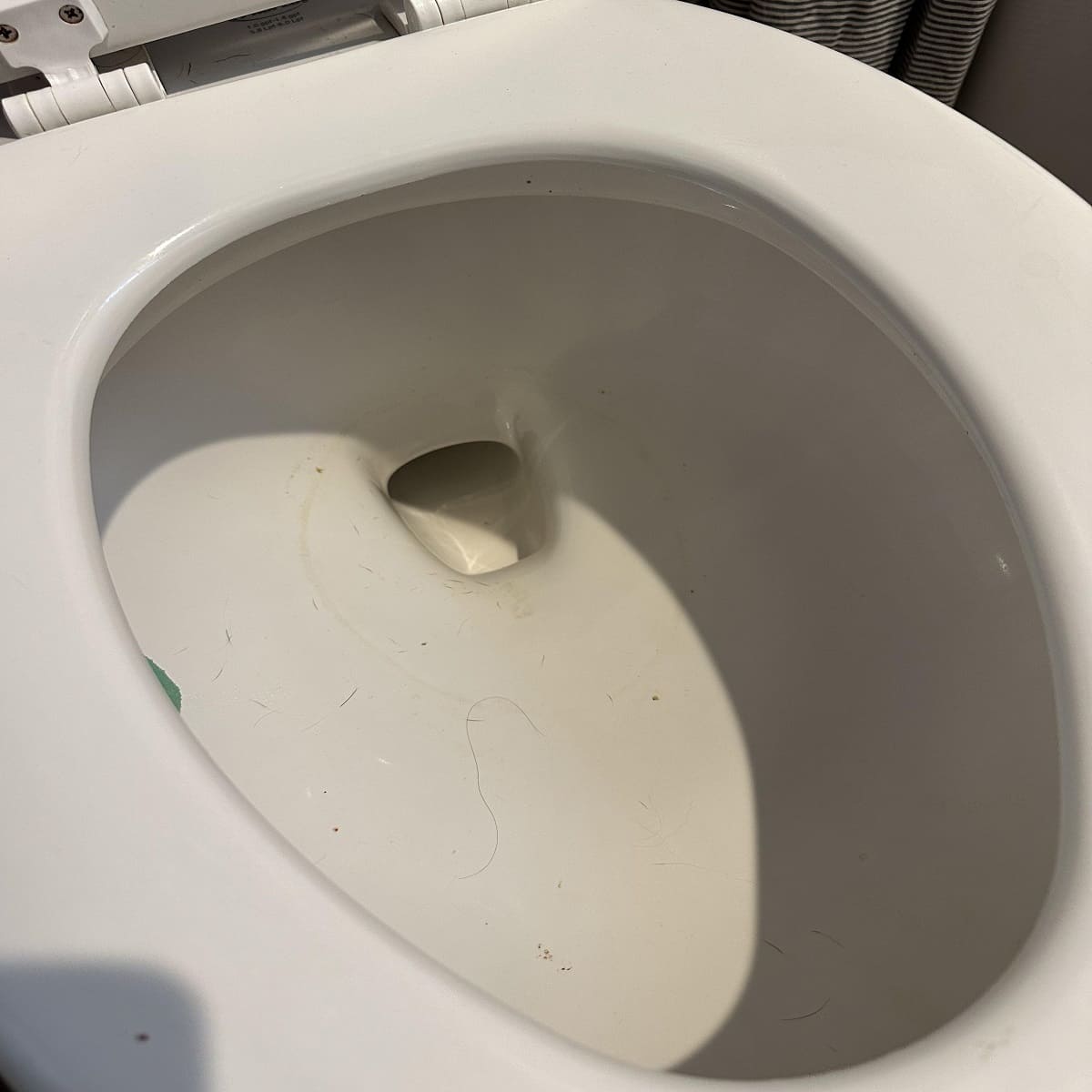
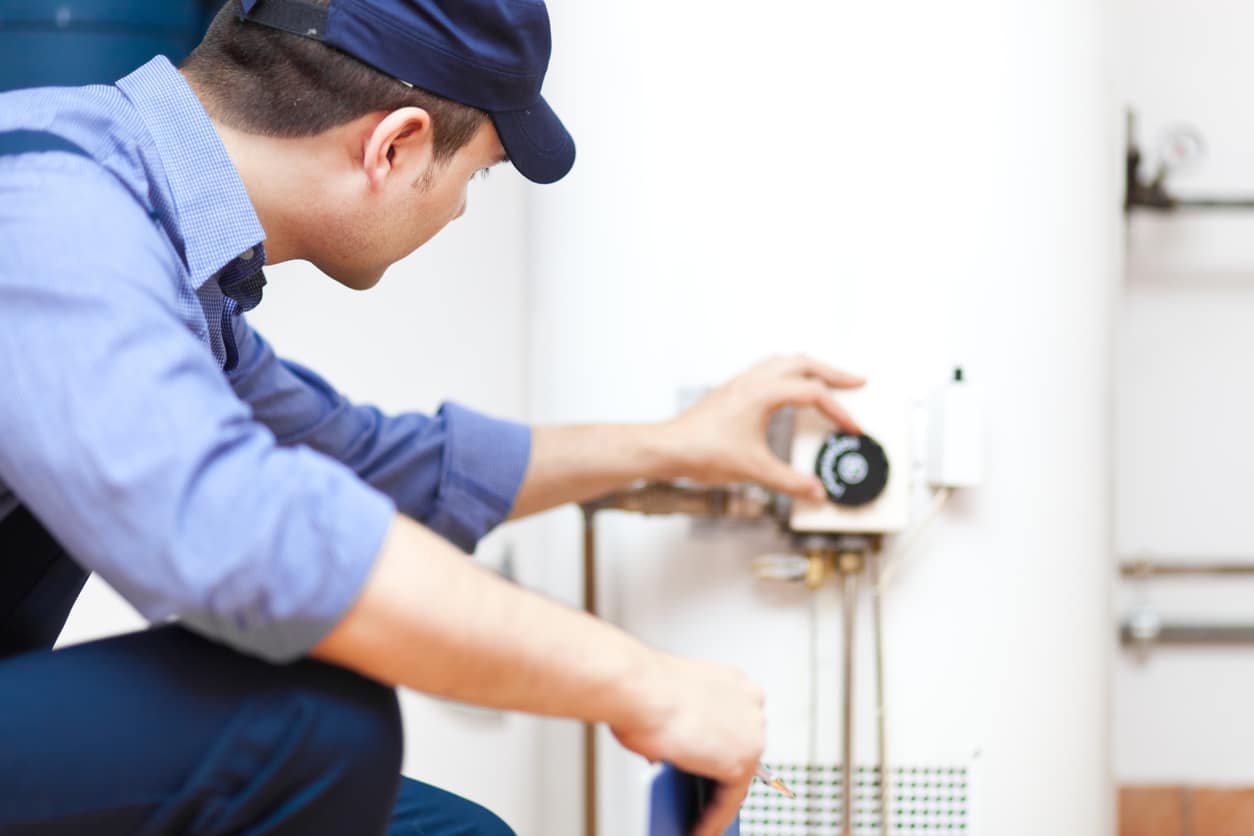
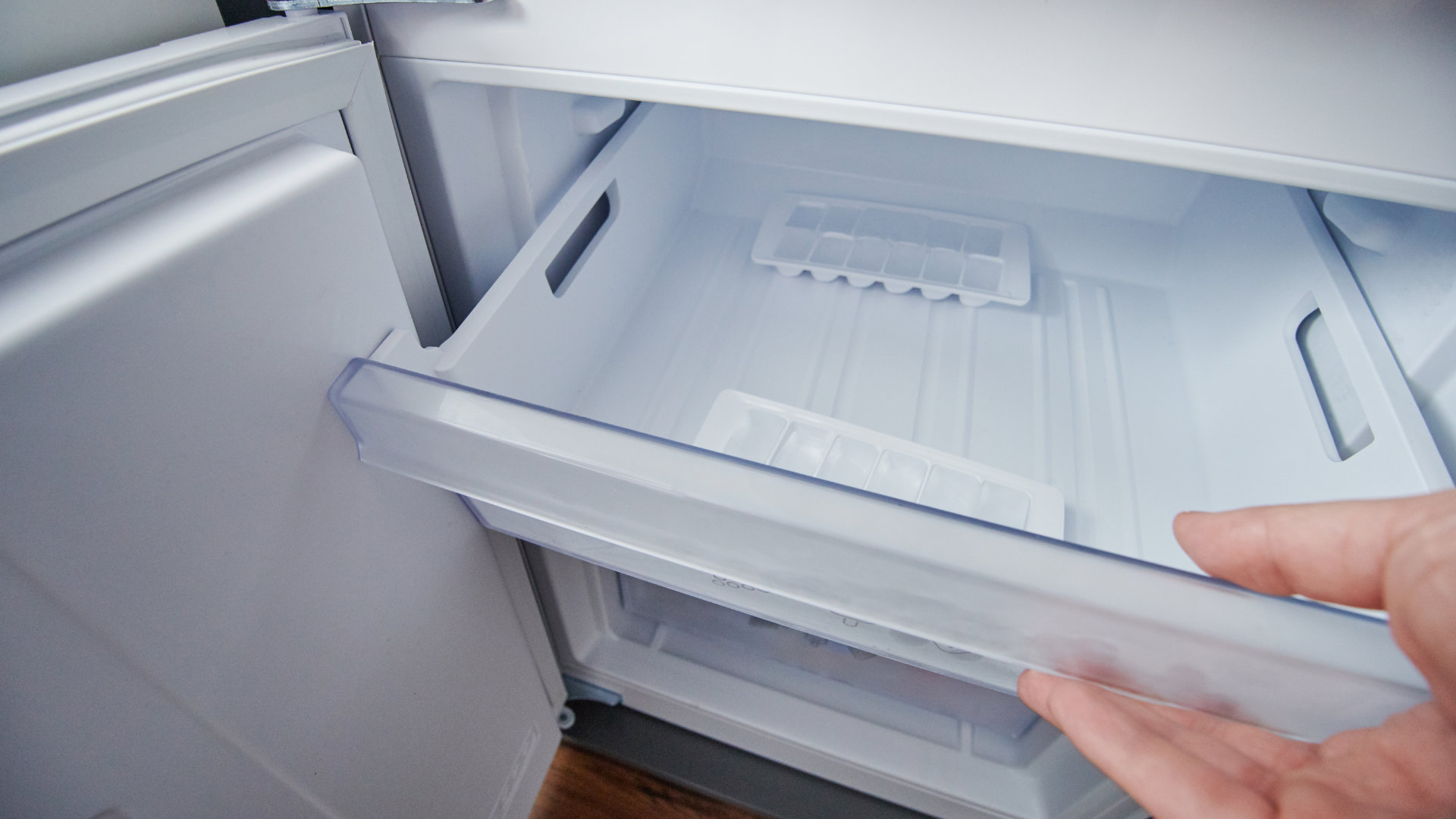
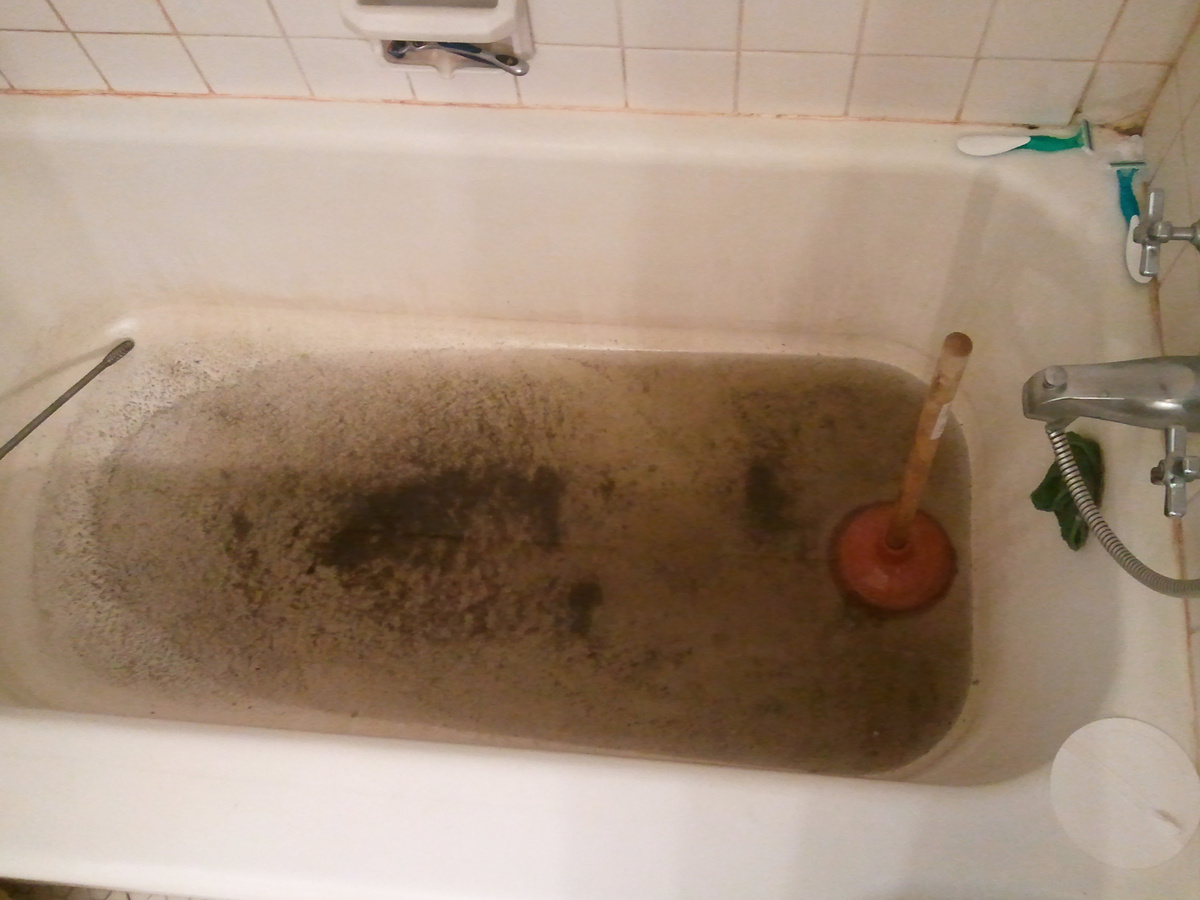
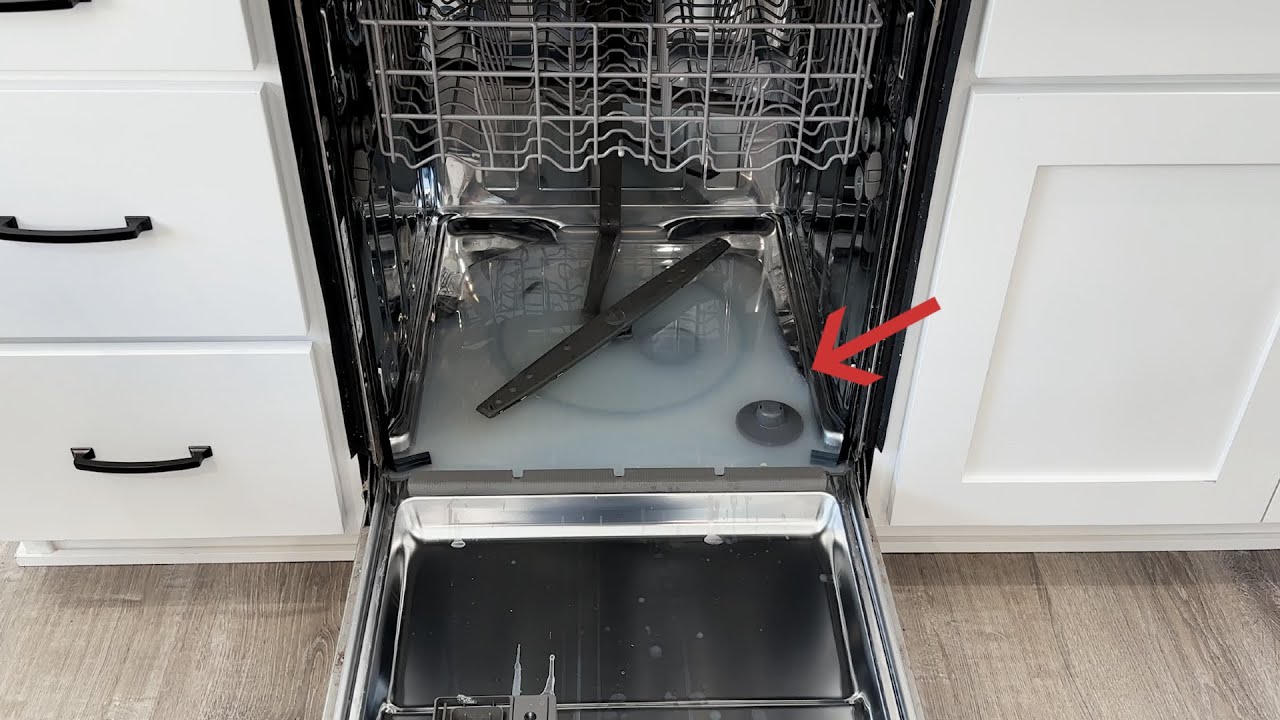
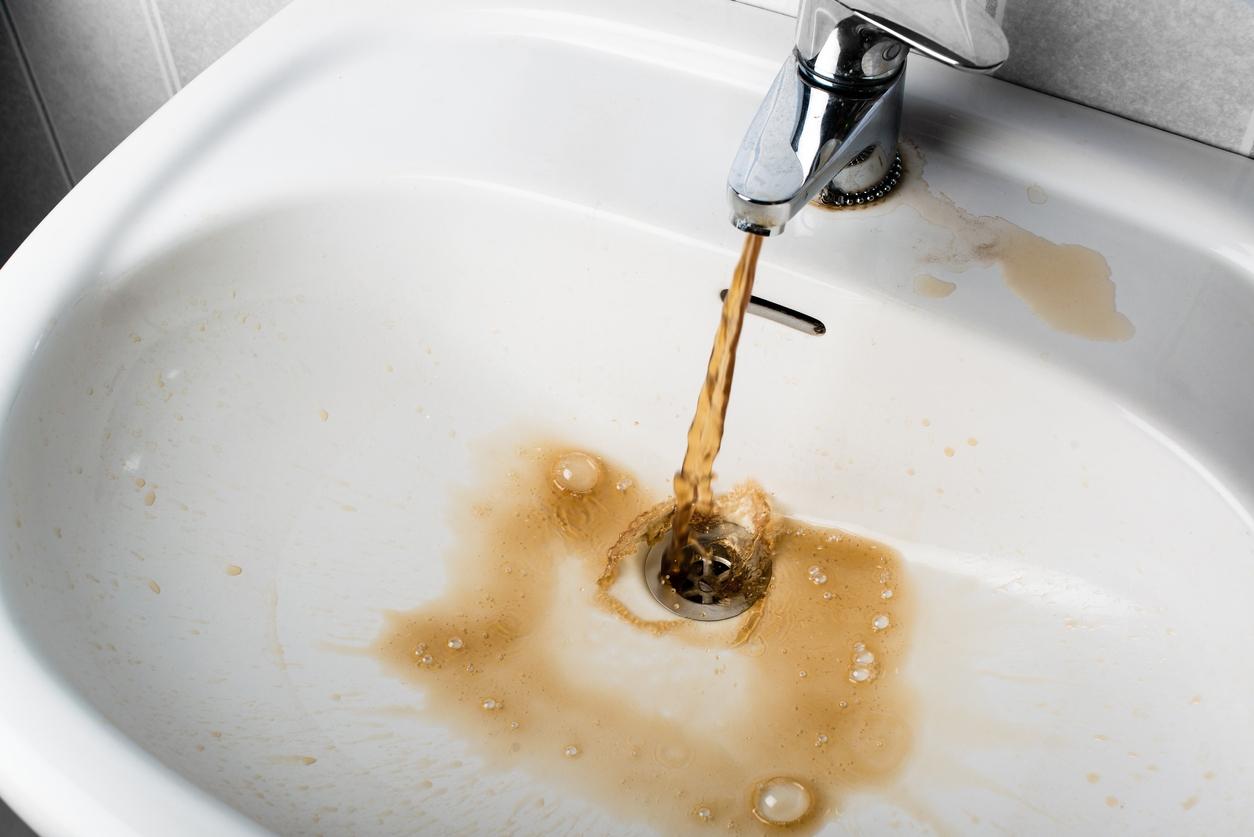
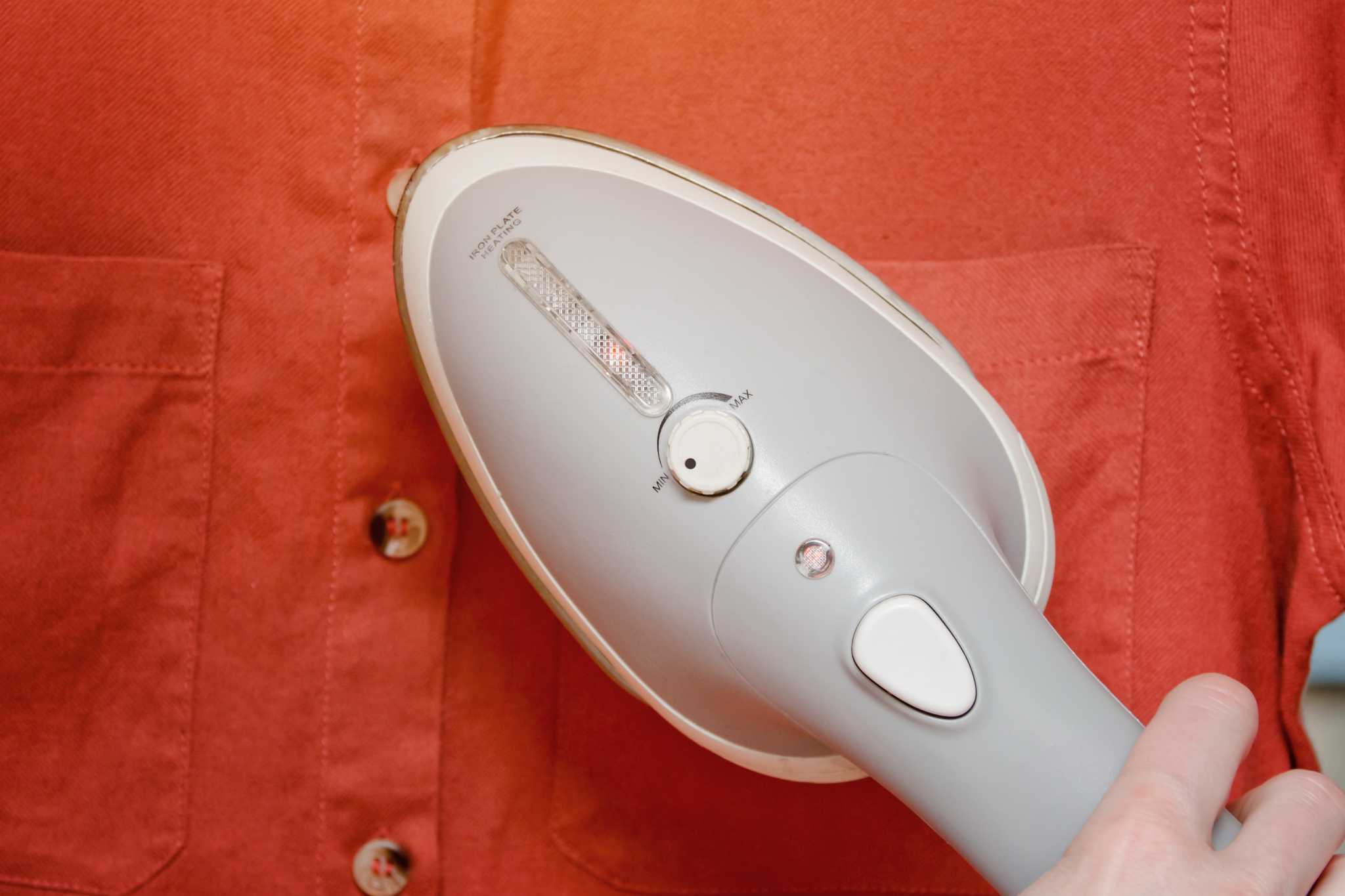
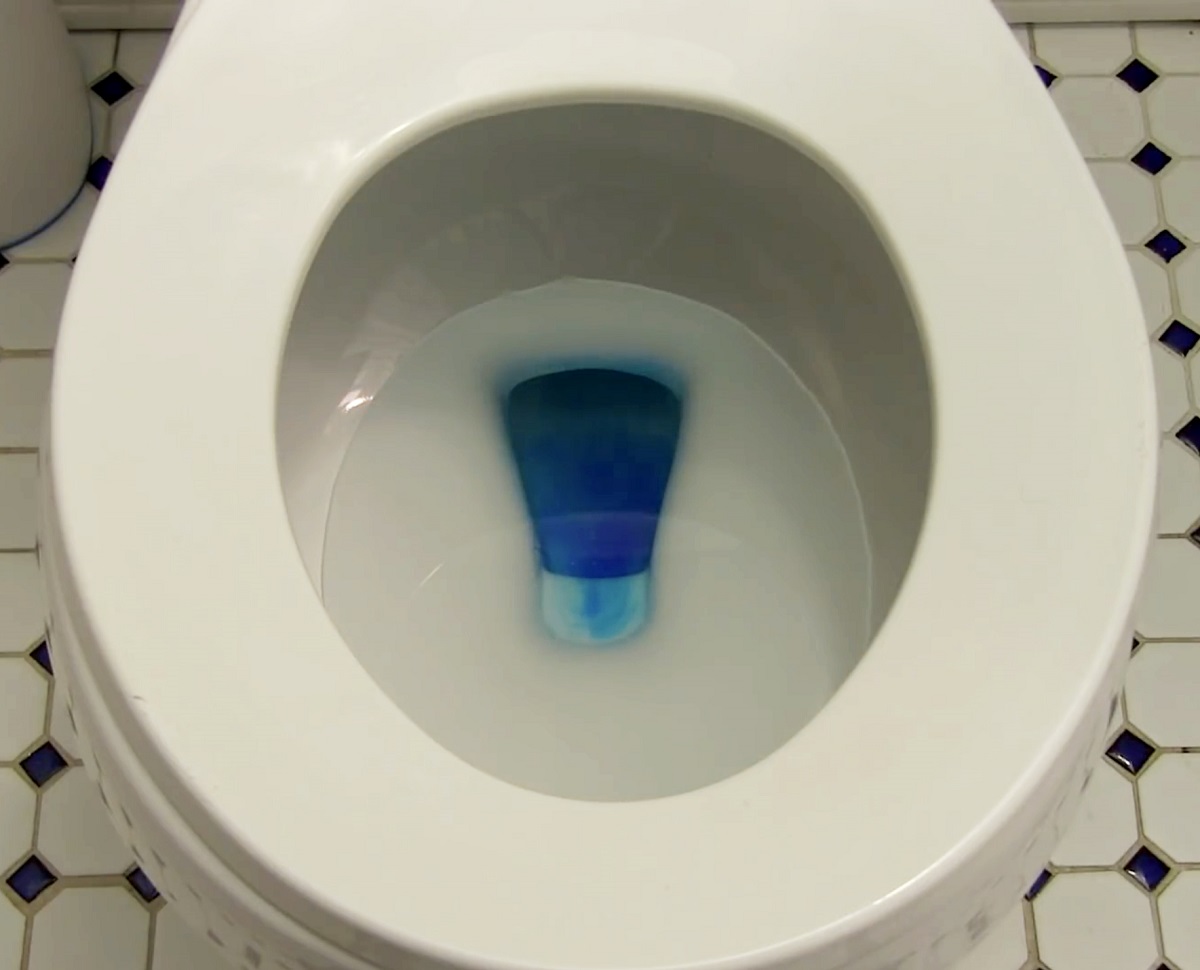
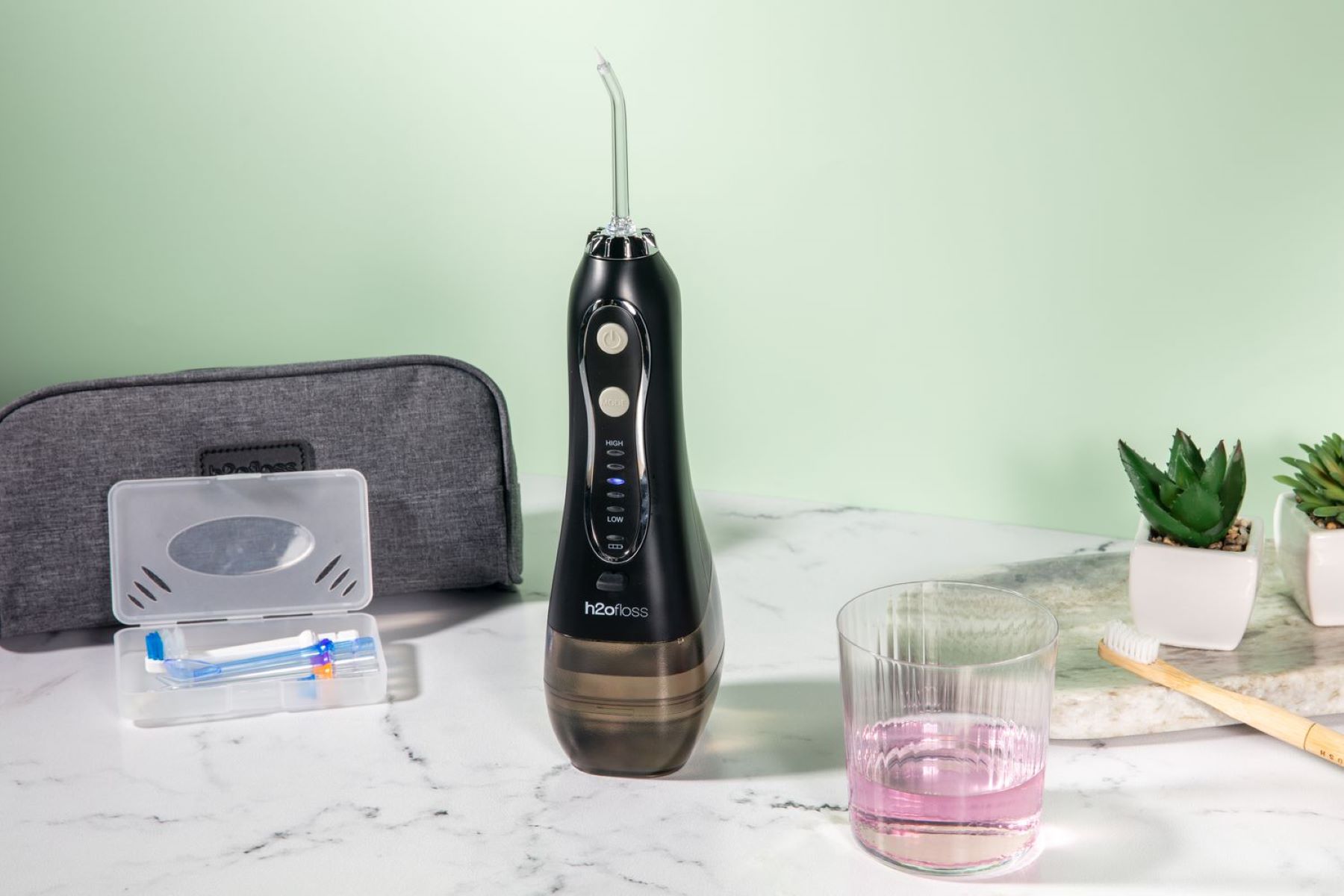

0 thoughts on “Why Is My Dehumidifier Not Collecting Water”